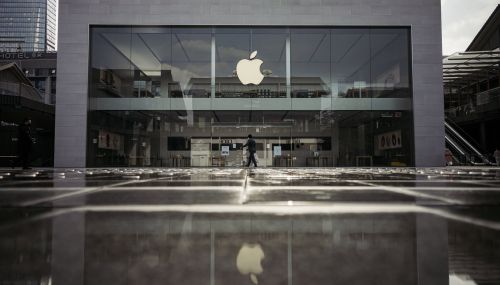Trump's Sky-High 104% Tariff on China Imports: The New Reality for Apple and U.S. Consumers

On April 9, 2025, the United States implemented a 104% import tariff on goods from China. This move comes after an initial 34% tariff imposed by President Trump and a reciprocal 34% tariff from China. The new tariff combines existing tariffs with a 50% penalty for China's retaliation. White House officials assert that the U.S. aims to force China into negotiations, but China has firmly refused, declaring it will fight 'to the end' if the U.S. continues down this path.
The impact of these tariffs is significant for companies like Apple, which rely heavily on Chinese manufacturing. Apple's stock price dropped following the tariff announcement, and while there may be a short-term cushion from existing inventory in the U.S., consumers will eventually face higher prices as the costs are passed on. Apple could mitigate the impact by shifting some production to facilities outside China, but this might not fully address the issue due to lower output levels.
The long-term goal of the Trump administration is to have Apple bring iPhone production to the United States. However, setting up such a supply chain would be expensive and time-consuming, likely taking place well after Trump's term ends. Given the current uncertainty, Apple may opt to wait out the tariff situation in hopes that it improves.
Latest News

xBloom Studio: The Coffee Maker That Puts Science in Your Cup
6 months ago

Moto Watch Fit Priced at $200: Is It Worth the Cost for Fitness Enthusiasts?
6 months ago

iOS 18's Subtle but Significant Privacy Boost: Granular Contact Sharing Control
6 months ago

Walmart Unveils Onn 4K Plus: The Affordable $30 Google TV Streaming Device
6 months ago

Judge Forces Apple to Comply: Epic Games' Fortnite Returns Hinge on Court Order
6 months ago

OnePlus Unveils the ‘Plus Key’: Is It Just an iPhone Knockoff or Something Revolutionary?
6 months ago